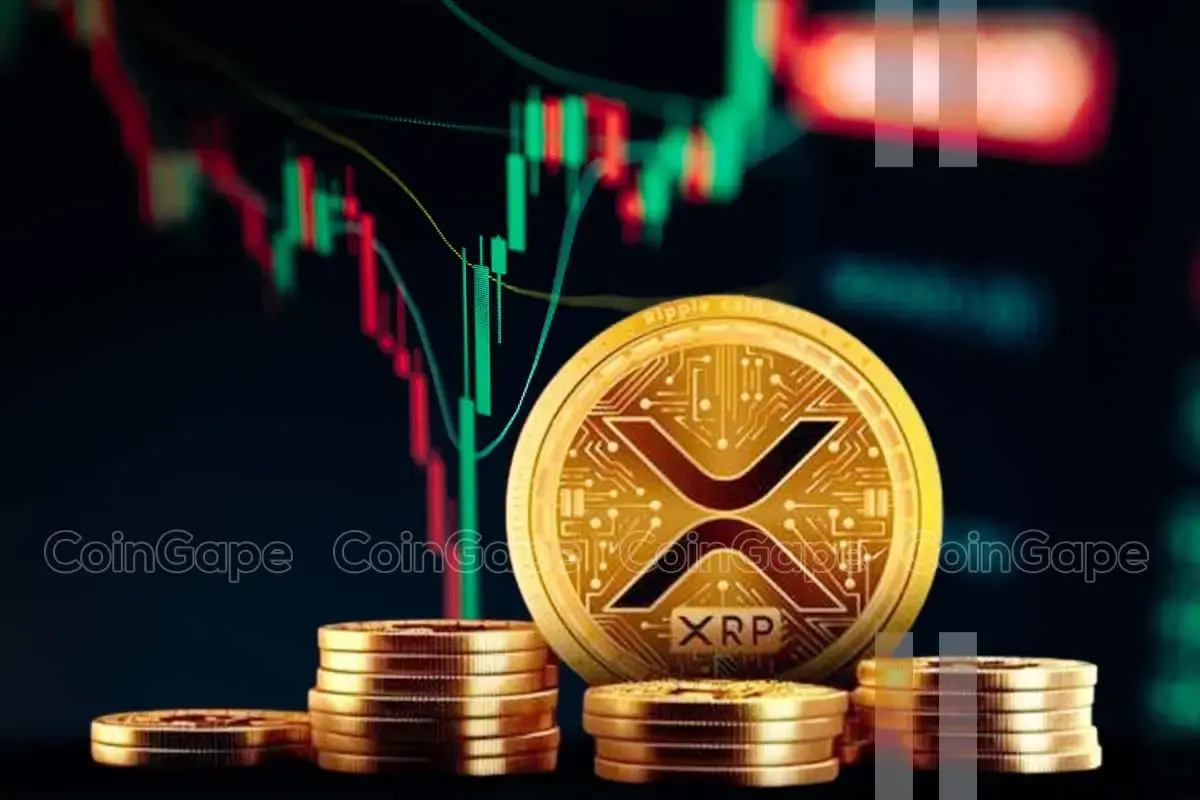
The Ethereum network may speed up its throughput, if a new proposal on slot time is accepted. The proposal aims to shrink slot time from 12 to 8 seconds, to decrease the humber of ‘out of block’ transactions.
Ethereum may become a more efficient chain, though with heavier requirements for node operators. A new proposal has been filed to decrease slot time from 12 seconds to 8 seconds. The biggest expected effect would be to boost the speed of DeFi, and especially the complex DEX trades requiring complex transaction routing.
Slot time on Ethereum is the time set for proposing new blocks. The blocks themselves are produced at intervals of 10-20 seconds, so some proposals have to wait with an unfavorable overlap. A shorter slot time may also speed up Ethereum block production, to keep the pace with proposed transactions.
The chief reason for the change is the effect of L2 chains on Ethereum. L2s are still far from reaching Ethereum’s capacity, but there are signs of potential congestion and competition for block space. The proposals for faster processing are replacing previous proposals for raising the gas limit or increasing the number of blobs. In the end, the chain would have a similar throughput, opening the way for a faster L2 ecosystem.
The proposal will have the effect of increasing blob count from 6 to 8 per block, giving more leeway to L2s to verify through blobs. The proposal will decrease peak bandwidth requirements, but instead increase capacity with a faster overlap between L2 proposals and block production.
Ethereum revs up for even higher speeds?
The new proposal was posted to GitHub and endorsed by Ethereum Foundation researcher Justin Drake. The idea of speeding up Ethereum to further scale L2s had a generally favorable reception.
The only constraint on Ethereum’s capacity would be the bandwidth of validators. The number of validators is growing, and they are already putting some strain on the available nodes. Propagating faster blocks may turn into a challenge and cause some of the validators to unstake and give up on the network. Currently, 99.87% of validators manage to participate in the network and verify blocks.
Smart contracts may prove to be a bigger problem, as most of them are already preset to a 12-second slot time. Contracts for yield farming protocols may have to adapt to faster block processing.
Blobs starting to fill up more with L2 activity
Blob space is still available for L2s, as most of the activity is below the target of three blobs per block. The limit of six blobs per block, filled to 100%, is still far from the average L2 activity.
Blob utilization is also evolving slowly over the past few months. After an initial activity spike in April, now there are still empty blobs posted. L2s activity is showing some signs of organic growth, but the activity is also tied to incentives and airdrop seasons.
More capacity on Ethereum will mean new chains can also hold their airdrop seasons, as not all L2s have launched fully.
Currently, Ethereum has achieved scale through several leading L2 chains. The top blob space and direct verification users remain Arbitrum, Optimism, Base, Linea, and a few others. For those chains, rent paid to L1 can increase unexpectedly, even without a highly competitive blob economy. A faster Ethereum would also translate into lower gas fees.
The other potential issue would be faster ETH token production. Ethereum’s inflation inched up again from lows of 0.34% to 0.48%, mostly due to another period of relatively lower gas fees. Ethereum is still searching for the balance between extremely low fees and a good burn rate, to avoid overproduction of ETH.
With higher inflation rates, Ethereum can add up to 1M new tokens annually, putting more selling pressure on the market. A faster block schedule can also speed up the inflow of new ETH, while the burn rate remains low.
Following the news of the new proposal, ETH continued to trade within its range under $2,500. ETH moved to $2,453.30 with a slight recovery. The current market prices are seen as disparate compared to the networks’ fundamental developments in the past two years. Ethereum remains the leading DeFi and liquidity hub, still providing the biggest source of value despite the higher speed and lower fees on other networks.
Cryptopolitan reporting by Hristina Vasileva










